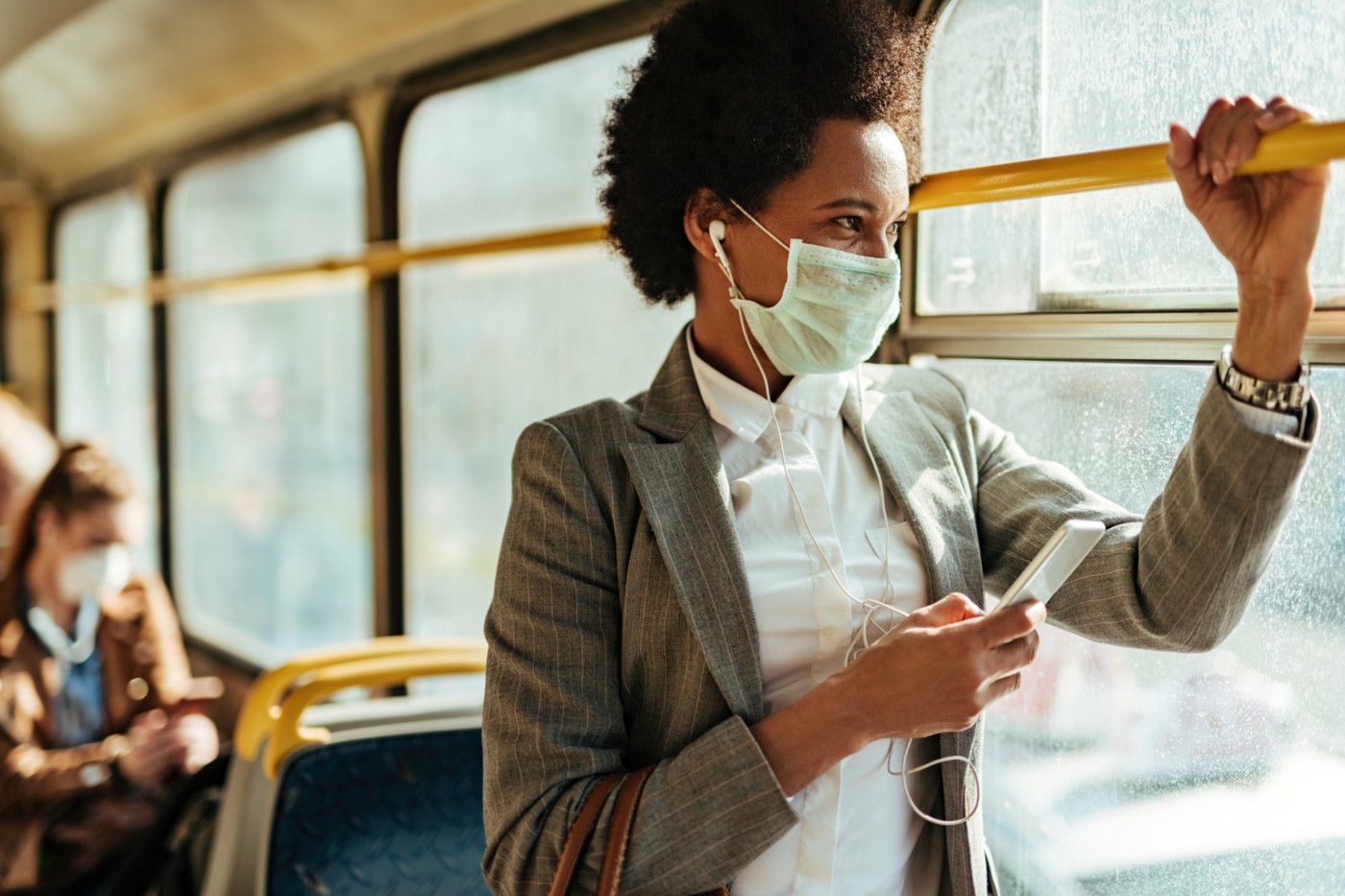
As economies around the world start to reopen, governments are looking for ways to help track and contain new coronavirus infections. One tool is contact tracing, used by public health officials to halt the ongoing transmission of an infectious disease.
Some states have already retrained state employees to work as contact tracers, and there is an expected need of 100,000 contact tracers across the United States. Along with growing the contact-tracing workforce, Apple and Google announced earlier this spring a collaborative effort for digital tracing. The first of these tracing apps, which use Bluetooth technology to track contacts based on phone proximity, is now live as part of a large-scale pilot study in Switzerland.
But how, exactly, do these two approaches work, and what will the next phase of the pandemic look like if both strategies are used widely? To provide additional context and understanding, Penn experts discuss how contact tracing works, both the traditional “analog” and new “digital” approaches, and how both strategies could shape what everyday life looks like in the next phase of the pandemic.
Continue reading at Penn Today.
